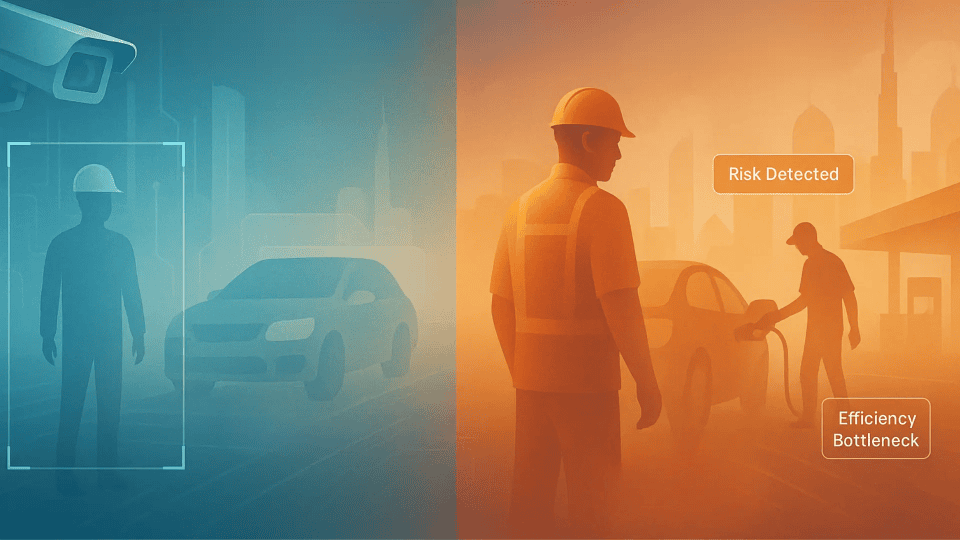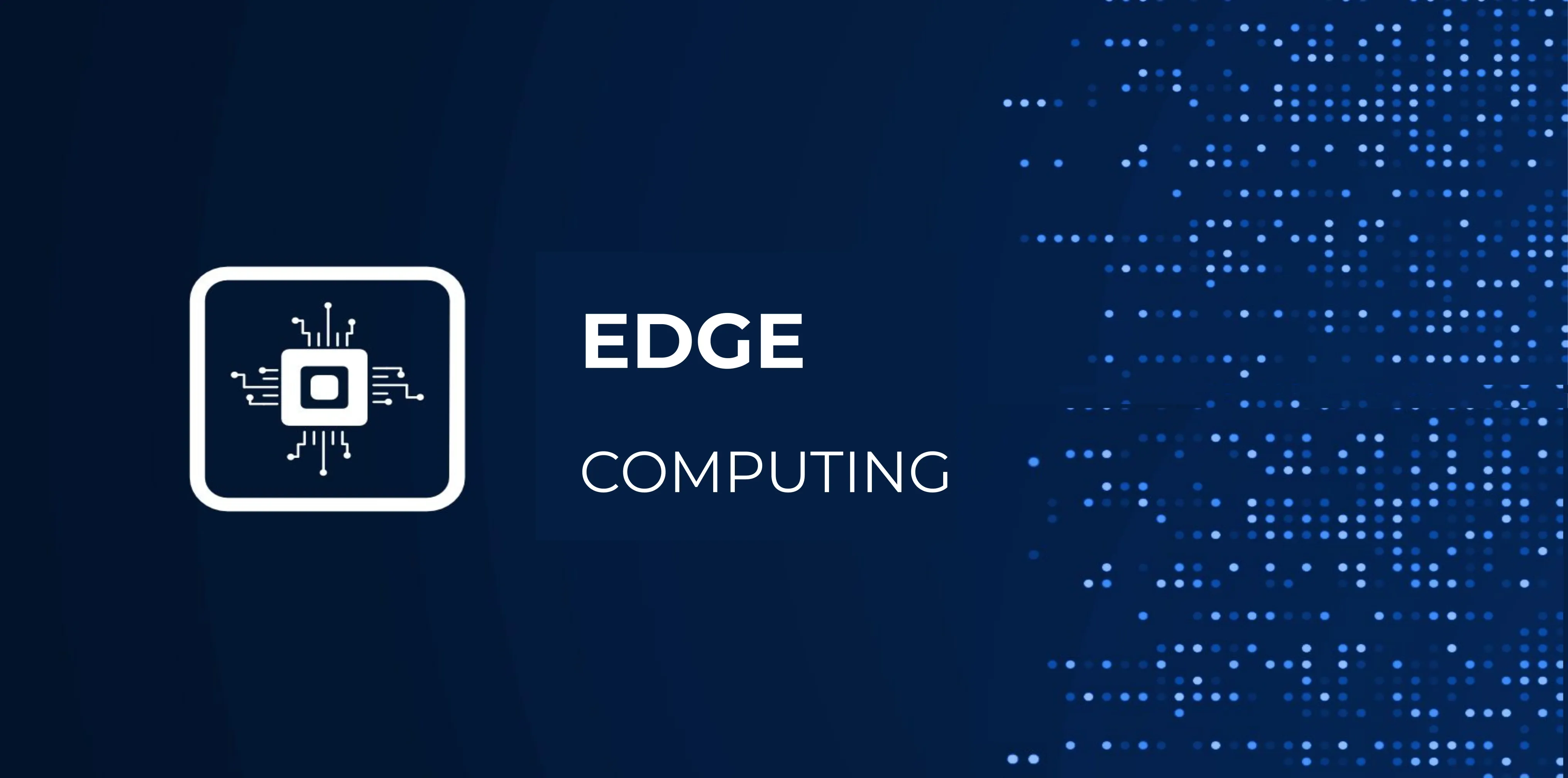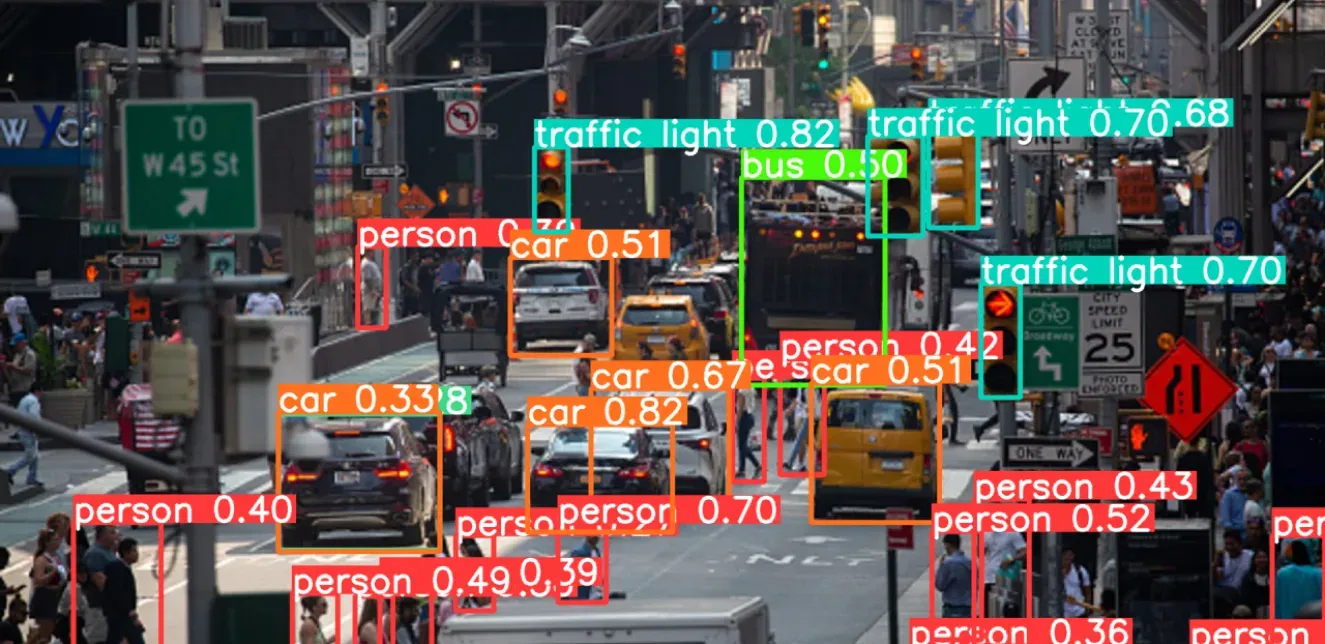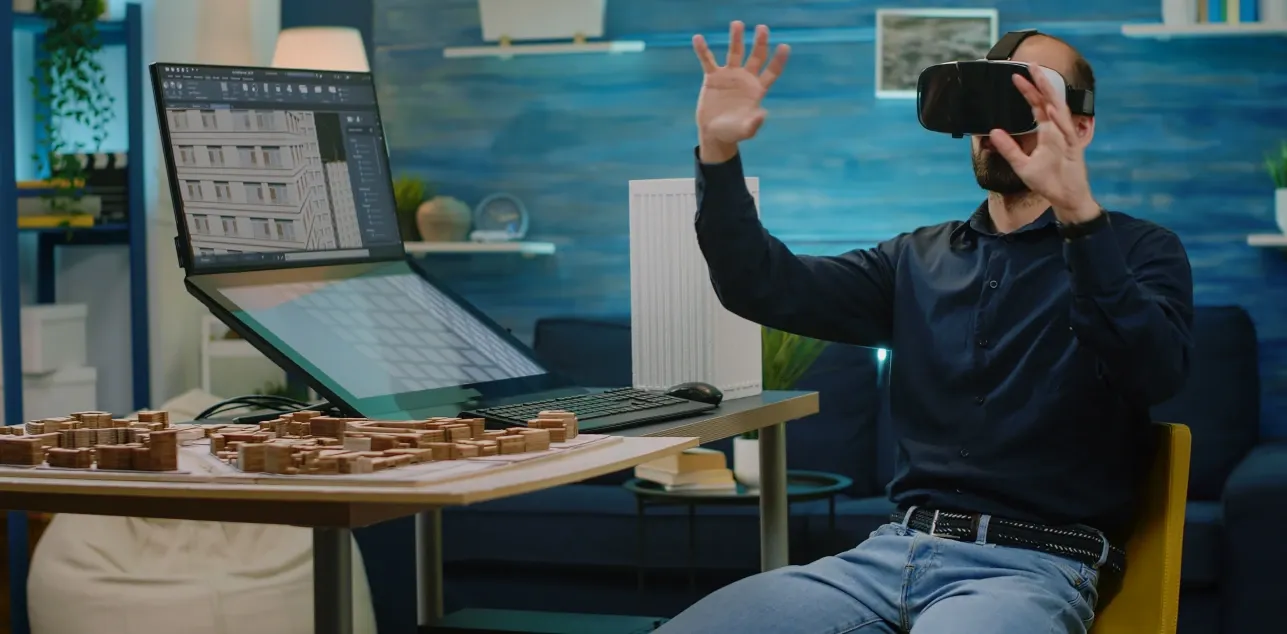Ensuring workplace safety compliance is paramount for companies, yet many struggle due to inadequate monitoring processes. The ILO estimates that around [340 million occupational accidents] and 160 million cases of work-related illnesses occur annually. The lack of growth in worksite safety often stems from inefficient worker output and machinery performance. The absence of a dedicated safety department can lead to significant financial losses in insurance claims. Manual safety monitoring often falls short, missing critical events and jeopardizing worker well-being. To address these challenges in industries like construction, manufacturing, and mining, advanced tools are needed to optimize safety practices and mitigate risks.
AI video analytics offers powerful solutions for workplace safety monitoring, automatically detecting hazards and improving safety protocols through AI integration. By using computer vision models for object detection and image recognition, businesses can proactively manage risks and enhance worker safety.
Benefits of AI-powered Video Analytics for Workplace Safety
Businesses are using the potential of AI-powered video analytics beyond traditional security camera usage. Instead of merely capturing grainy footage, this advanced technology transforms video feeds into valuable insights to optimize operations, enhance security and drive profitability.
- ● Enhanced Emergency Response: AI-powered video analytics offers real-time monitoring and prompt alerts, improving response times to emergencies, which results in swift intervention and minimized damages.
- ● Data-driven Insights: AI-enabled CCTV systems can identify patterns and trends that improve AI-powered workplace safety monitoring and optimize workflows. By analyzing video feeds with computer vision and image recognition, businesses can create safer and more productive environments, forming a data-driven blueprint for intelligent operations.
- ● Cost-Effectiveness: As AI-powered video analytics helps in accident prevention, companies can reduce expenses from medical treatments and legal claims. AI’s efficiency also lowers the need for human surveillance, reallocating resources to cut overhead costs.
- ● Scalability: AI-powered video analytics systems can be easily scaled to accommodate larger facilities or multiple locations while automating many manual tasks. They can easily expand or enhance by the integration of new software algorithms, accommodating evolving business requirements without replacing the entire system. This ensures that businesses can maintain advanced surveillance capabilities that meet the demands of their growing operations.
AI-Powered Workplace Safety Monitoring: A New Era in Risk Prevention
AI-driven computer vision models can identify potential hazards and prevent accidents in real-time. Integrated with workplace CCTV systems, these AI models analyze datasets they’re trained on to identify risks by performing object detectionand image recognition and then propose optimal solutions before the incidents occur. This allows safety managers to proactively address safety concerns and prevent accidents. AI-powered video analytics offers versatile benefits across various industries.
Real-Time Hazard Detection and Safety Compliance Monitoring
Adhering to safety protocols is essential in various industries, including wearing specific protective gear and using fall protection equipment. However, workers may not always comply due to discomfort or oversight.
Automated Incident Detection of Personnel Collapse and Fall
Computer vision models like Long Short-Term Memory (LSTM) Networks are essential for workplace safety monitoring, enabling action recognition by analyzing worker movements and actions. These AI models are trained on large set of labeled video data demonstrating both safe and unsafe actions. They acquire expertise in identifying movements by recognizing patterns and relationships. This help managers recognize workers performing tasks in a way that could lead to injuries, like lifting heavy objects with improper form, working at heights or being positioned under lifted loads. These models identify situations where workers might lose their footing or trip over obstacles, allowing for preventative measures like removing clutter from walkways.
Preventing Workplace Accidents with Anomaly Detection
Anomaly detection by AI-powered workplace safety monitoring models like CNN is crucial for identifying suspicious movements and abandoned objects. Through data analysis, the AI system alerts authorities to prolonged stays in specific areas and identifies unattended items, mitigating potential security risks.
Detecting Unauthorized Access in Construction Zones
Pairing CCTV cameras with AI-powered models like Faster-RCNN, which excels in object detection accuracy, ensures fast detection of unauthorized access to construction vehicular areas, triggering immediate alerts. Utilizing AI video analytics, these systems distinguish between authorized scenarios, such as personnel traveling on vehicles, and unauthorized entry attempts, improving safety measures through real-time object detection analysis and immediate alert triggering upon detection. License plate recognition technology at entry and exit points capture vehicle license plates, comparing recognized characters against a database of authorized vehicles. Matches trigger access control systems, while alerts prompt security personnel intervention.
AI-powered workplace safety monitoring solutions offer an innovative and transformative approach to enhancing workplace safety. By integrating AI and computer vision, businesses can proactively identify potential hazards, monitor compliance with safety protocols, and swiftly respond to emergencies. Such AI solutions help companies to streamline operational efficiency and reduce overall risk. With these innovative solutions, organizations can create safer, more secure work environments that prioritize the well-being of employees and foster productivity.
In addition to these benefits, integrating AI video analytics with workplace safety monitoring systems ensures continuous adaptation to new risks and challenges. As AI technologies evolve, organizations can stay ahead of safety concerns by incorporating real-time updates and predictive analytics. This proactive approach not only reduces accidents but also fosters a culture of safety, ensuring that businesses remain compliant with industry standards. By partnering with AI services providers, companies can enhance their AI integration efforts and fully leverage computer vision and object detection capabilities for a safer work environment.
Learn more about implementing AI in operations and improve your workplace safety monitoring with our advanced AI services and seamless AI integration solutions. Reach out today at Random Walk for more information and explore the potential of innovative AI services and technology for your business.
Learn more about implementing AI in operations and elevate your workplace safety and efficiency with our advanced [visual AI services] and seamless AI integration solutions. Reach out today for more information and unlock the potential of innovative technology for your business.






